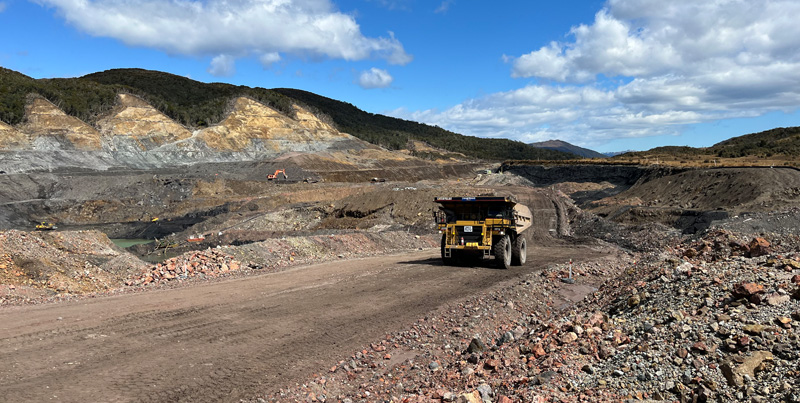Mining in NZ
Mining for
everyday life
We are fortunate to have a mining industry in New Zealand that provides some of the vital minerals required for everyday modern life. Mining contributes socially, environmentally, and economically to the benefit of New Zealand. The number one export to Australia is gold.
Look around you and almost everything you use every day has mined minerals in it – your phone, computer, car, refrigerator, home, workplace, and so on. Without mined minerals we would be back in the caves.






